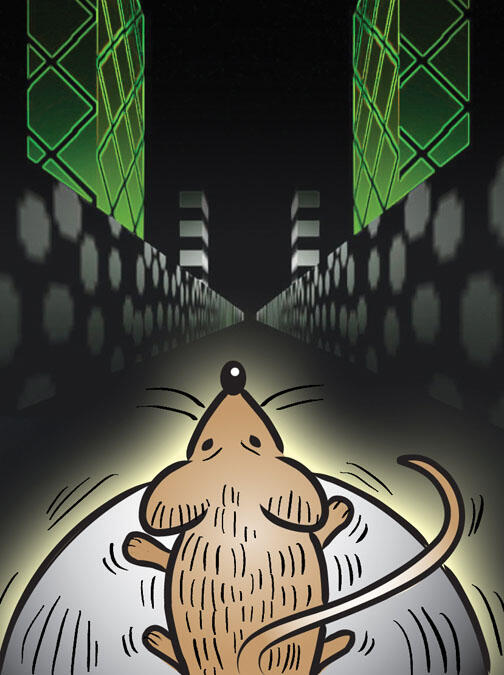FYI: Findings
Mouse tracks To study place cells — neurons that encode the spatial information an animal uses to guide its movement — a Princeton team devised a novel experimental setup that placed mice in a virtual-reality environment. The idea was to record the firing neurons in real time, so the researchers, led by postdoctoral research fellow Christopher Harvey and molecular biology professor David Tank, connected a mouse’s brain to a tiny, saltwater-filled glass capillary (used to detect electrical pulses) and kept its head in a fixed position. The mouse’s feet controlled a rolling ball that directed the animal along a virtual track, projected on a surrounding screen.
The team’s research, published in Nature Oct. 15, revealed that place cells fire at different rhythms, depending on the mouse’s movements. The new setup will enable additional study of neural circuits used in navigation, the authors said.












No responses yet